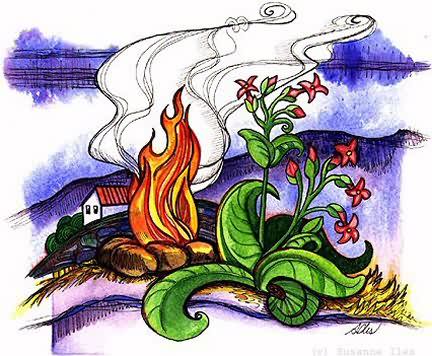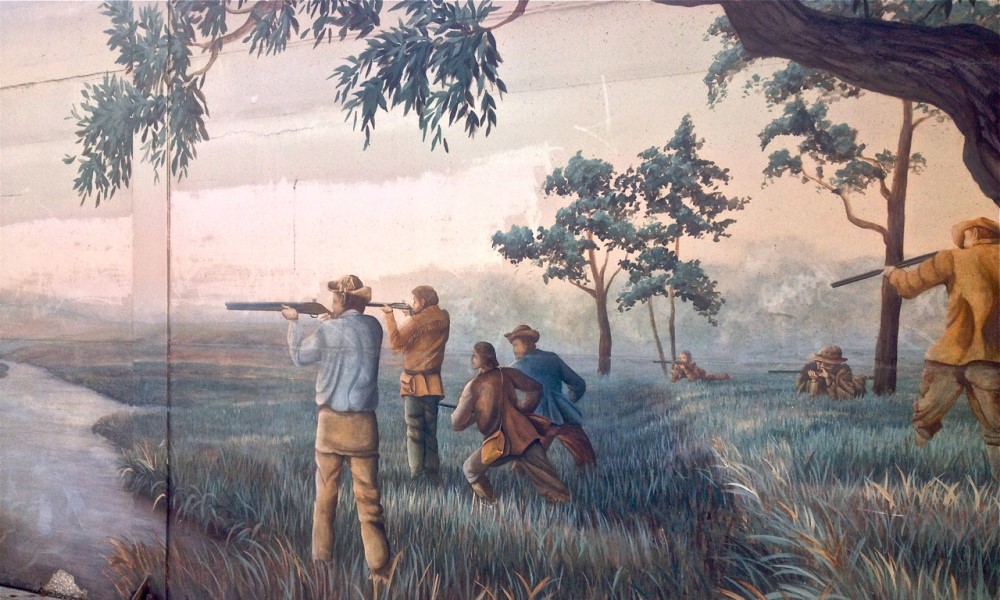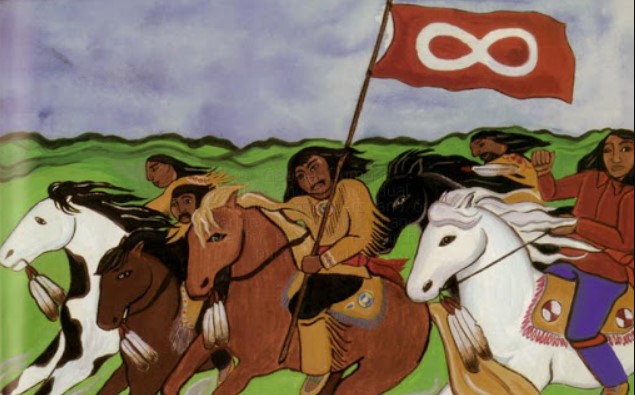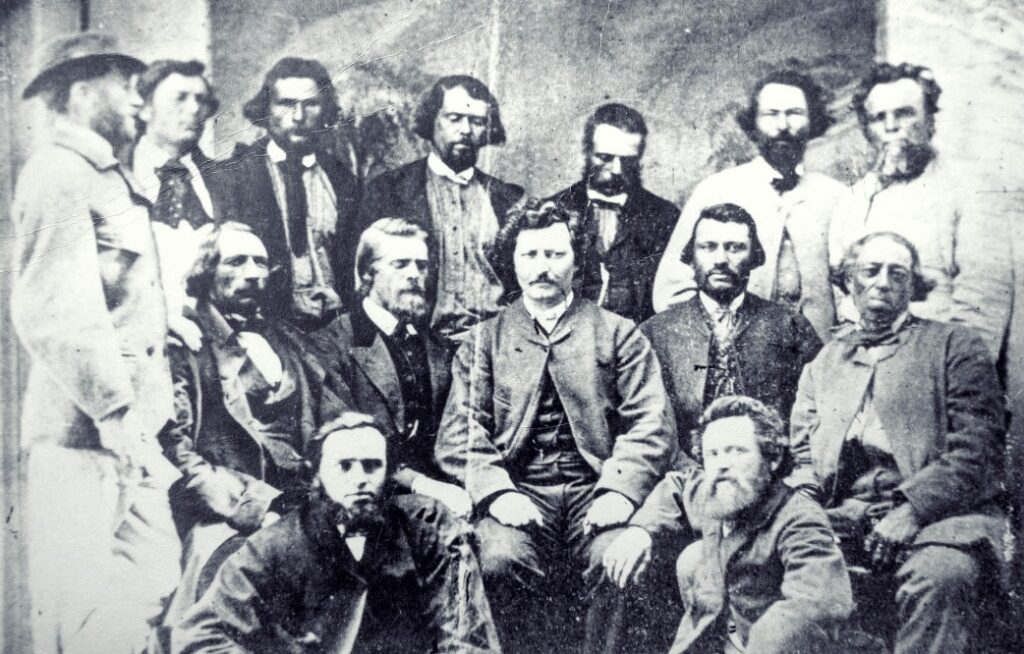Historically, the sash has had a different meaning to the many who have shared in its origin. But none have celebrated and adopted the L’assomption Sash (Ceinture flechee) to their proud heritage as did the Métis Nation. L’assomption Sash was named after a town in Quebec where it was produced. This colourful sash, as well as being distinguishable Métis apparel, had many more uses. It had fringed ends. These served as emergency sewing kits when the Métis were out on a buffalo hunt. The sash also served as a key holder, first aid kit, washcloth, towel, and as an emergency bridle and saddle blanket.

In the west, the name L’assomption Sash gave way to today’s term “the Métis sash”. It has been said that this likely occured because many of the sash wearing voyageurs were of mixed blood and the sash was most popular among the Métis of the Red River. Today the Métis sash continues to be an integral part of the Métis cultural celebrations. The Manitoba Métis Federation have in recent time adopted a new colour variation for the Métis sash at their Annual General Meeting. The new chosen colour variation is of the original L’assomption sash with one exception: the yellow has been replaced with black. There is a rich chapter of Métis history woven into each coloured strand.
BLUE AND WHITE
Is the colour of the National Métis Flag. It has a white infinity symbol with a blue background. This flag was flown on June 19, 1816, at the Battle of Seven Oaks under the leadership of Cuthbert Grant. he led a Métis brigade on the Assiniboine River and seized the company post at Brandon House. Then they set off to the River Fough, the skirmish of Seven Oaks, in which Govenor Semple and twenty-one of his men were killed for the cost of one Métis life.

RED AND WHITE

The colours of the Métis Hunting Flag. It has a white infinity symbol with a red background. During a hunting expedition, the camp flag belongs to the guide of the day. He is therefore standard bearer by virtue of of his office.
In some of these hunting expeditions great battles occurred like the Battle of Grand Coutea. Today, the Red Métis Flag is used for both Hunting and Battle.
BLACK
Symbolizes the dark period after 1870 in which the Métis Nation had to endure dispossession and suppression at the hands of the Government of Canada. In the years that followed, the Métis were shot and beaten on the streets of Winnipeg. Bounties were issued on those who had collaborated with Louis Riel. Many left their land and headed west. Those that stayed behind moved north. Those that remained on their original settlements were forced off their lands and became squatters living mostly on road allowances.

GREEN
Signifies fertility, growth and prosperity for the Métis Nation. Green also means we must move forward and reclaim our rightful place in Canadian History.
